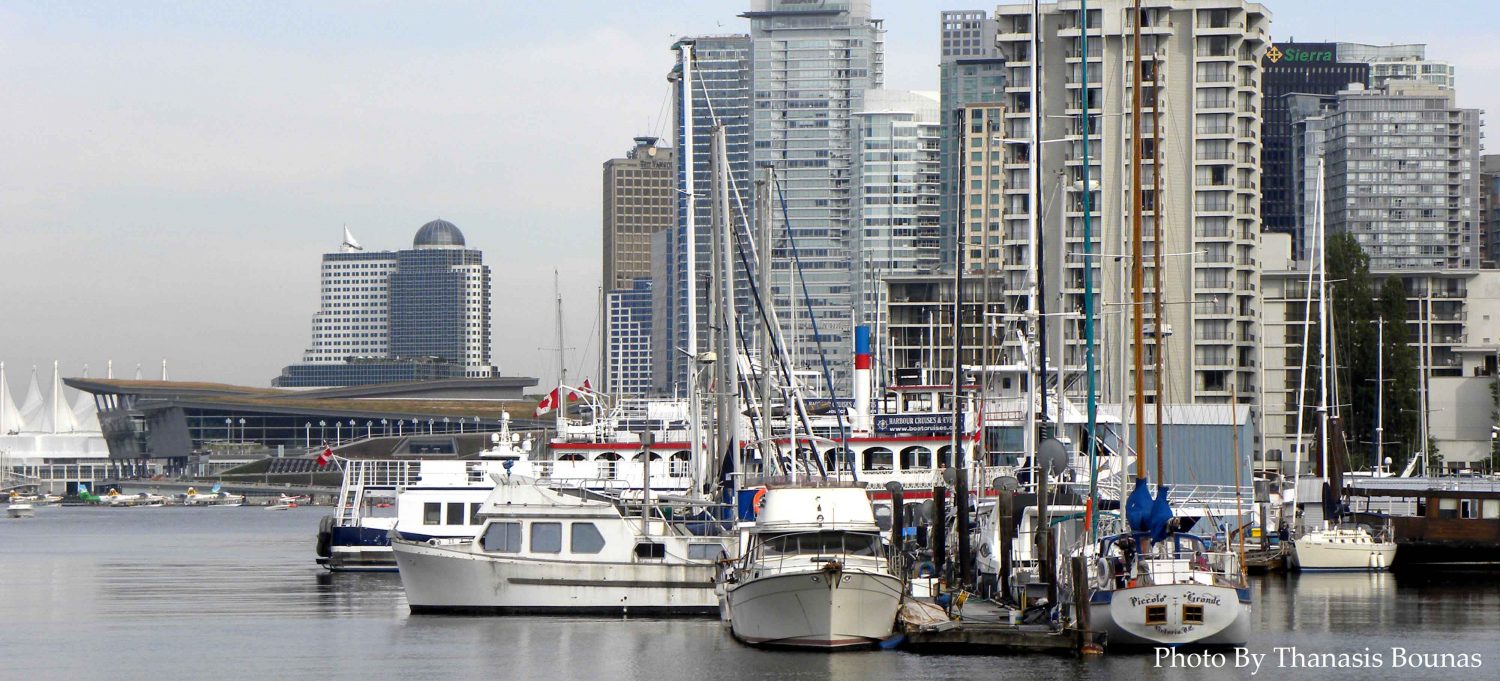
Victoria is the capital city of British Columbia, Canada.
The city is about 100 kilometres (62 miles) from Seattle by airplane, ferry, or the Victoria Clipper passenger-only ferry which operates daily, year round between Seattle and Victoria and 40 kilometres (25 miles) from Port Angeles, Washington, by ferry Coho across the Strait of Juan de Fuca.
Named after Queen Victoria of the United Kingdom and, at the time, British North America, Victoria is one of the oldest cities in the Pacific Northwest, with British settlement beginning in 1843. The city has retained a large number of its historic buildings, in particular its two most famous landmarks, Legislative buildings (finished in 1897 and home of the Legislative Assembly of British Columbia) and the Empress hotel (opened in 1908). The city’s Chinatown is the second oldest in North America after San Francisco’s. The region’s Coast Salish First Nations peoples established communities in the area long before non-native settlement, possibly several thousand years earlier, which had large populations at the time of European exploration. Victoria, like many Vancouver Island communities, continues to have a sizeable First Nations presence, composed of peoples from all over Vancouver Island and beyond.


History
Prior to the arrival of European navigators in the late 1700s, the Victoria area was home to several communities of Coast Salish peoples, including the Songhees. The Spanish and British took up the exploration of the northwest coast, beginning with the visits of Juan Pérez in 1774 and of James Cook. In 1778, although the Victoria area of the Strait of Juan de Fuca was not penetrated until 1790, Spanish sailors visited Esquimalt Harbour (just west of Victoria proper) in 1790, 1791, and 1792.
In 1841 James Douglas was charged with the duty of setting up a trading post on the southern tip of Vancouver Island, upon the recommendation by George Simpson that a new more northerly post be built in case Fort Vancouver fell into American hands (see Oregon boundary dispute). Douglas founded Fort Victoria, on the site of present-day Victoria, British Columbia in anticipation of the outcome of the Oregon Treaty in 1846, extending the British North America/United States border along the 49th parallel from the Rockies to the Strait of Georgia.
Erected in 1843 as a Hudson’s Bay Company trading post on a site originally called Camosun (the native

word was “camosack”, meaning “rush of water”)[citation needed] known briefly as “Fort Albert”, the settlement was renamed Fort Victoria in 1846, in honour of Queen Victoria. The Songhees established a village across the harbour from the fort. The Songhees’ village was later moved north of Esquimalt. When the crown colony was established in 1849, a town was laid out on the site and made the capital of the colony. The Chief Factor of the fort, James Douglas was made the second governor of the Vancouver Island Colony (Richard Blanshard was first governor, Arthur Edward Kennedy was third and last governor), and would be the leading figure in the early development of the city until his retirement in 1864.
When news of the discovery of gold on the British Columbia mainland reached San Francisco in 1858, Victoria became the port, supply base, and outfitting centre for miners on their way to the Fraser Canyon gold fields, mushrooming from a population of 300 to over 5000 literally within a few days. Victoria was incorporated as a city in 1862. In 1865, Esquimalt was made the North Pacific home of the Royal Navy, and remains Canada’s west coast naval base. In 1866 when the island was politically united with the mainland, Victoria was designated the capital of the new united colony instead of New Westminster – an unpopular move on the Mainland – and became the provincial capital when British Columbia joined the Canadian Confederation in 1871.
Source From Wikipedia, the free encyclopedia

Be the first to comment